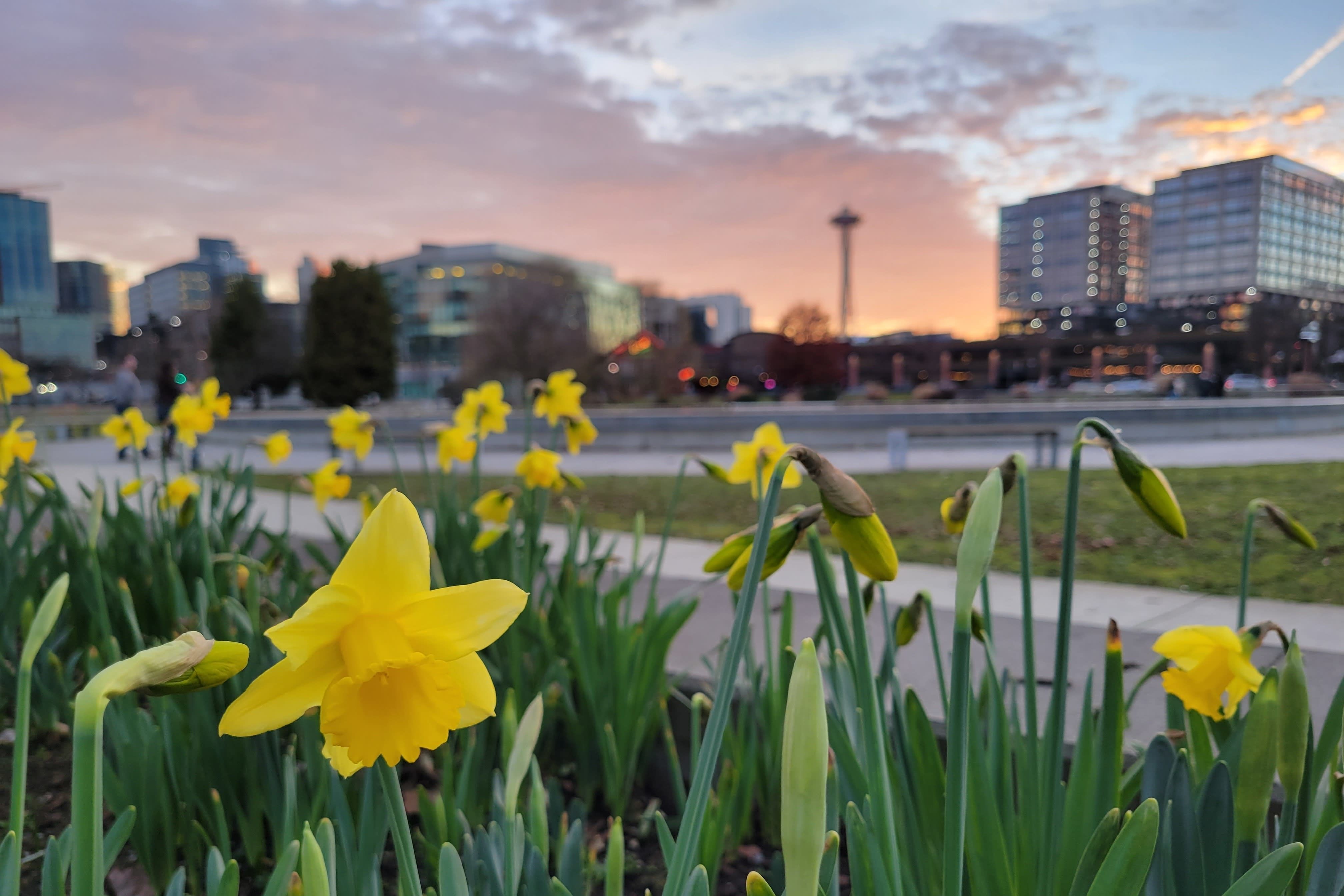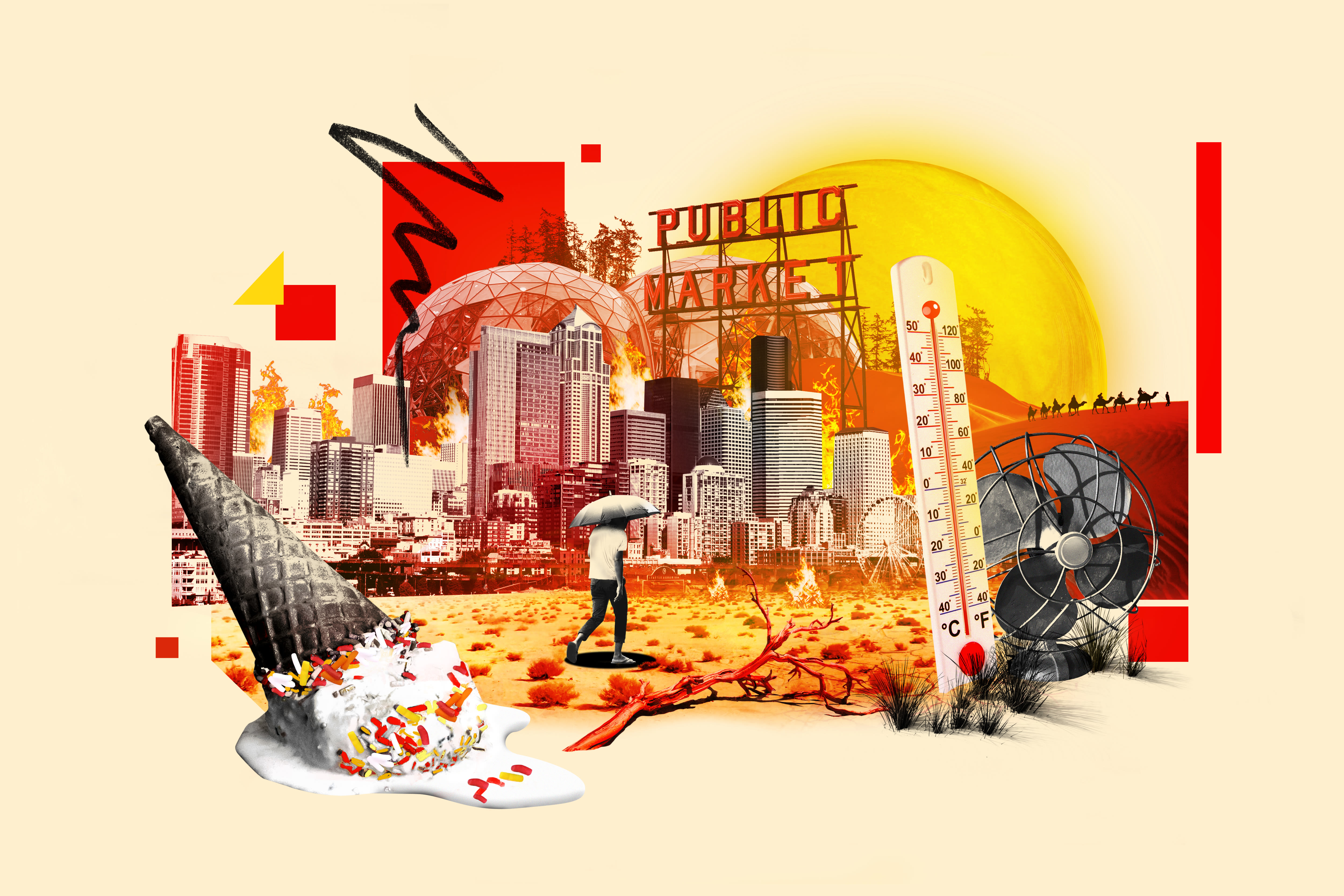
Under the Heat Dome
In late June last year, an unprecedented heat wave suffocated the Pacific Northwest. Temperatures soared above 100 degrees for three straight days, peaking at 108 in Seattle—something once unfathomable for one of the least air-conditioned cities in the country. Pavement on I-5 buckled. Hardware stores ran clean out of fans. Emergency rooms were inundated. When the heat finally subsided, 100 Washingtonians were dead. Those on the front lines recall how life unfolded.
The Voices:

Dr. Cameron Buck
medical director, Valley Medical Center emergency department

Dr. Jeremy Hess
physician, Harborview Medical Center emergency department
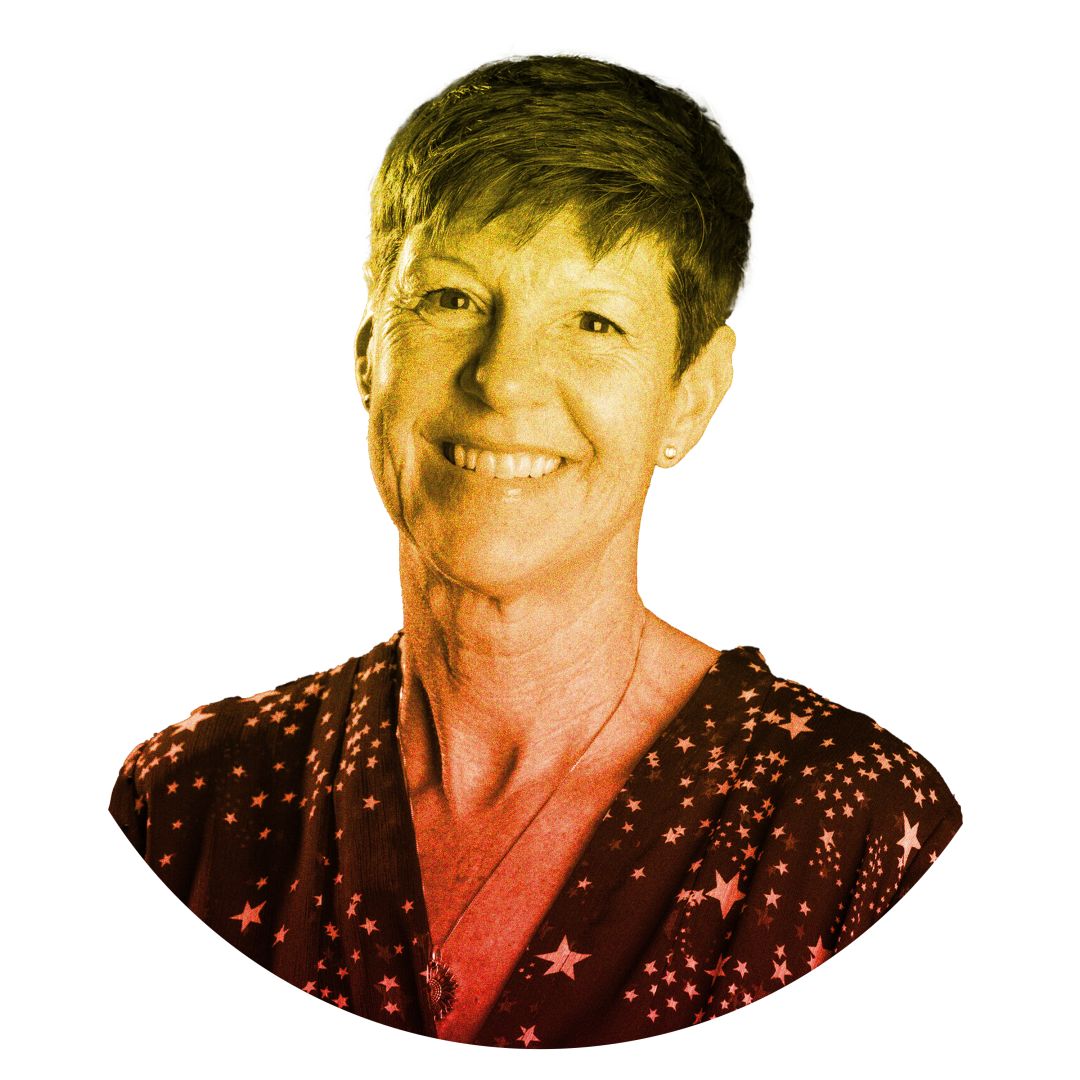
Sheri Horiszny
chief operations officer, Woodland Park Zoo

Lt. Patrick Hubschman
Health One response unit, Seattle Fire Department

Tiffany Kayongo
outreach diversion coordinator, Mary’s Place
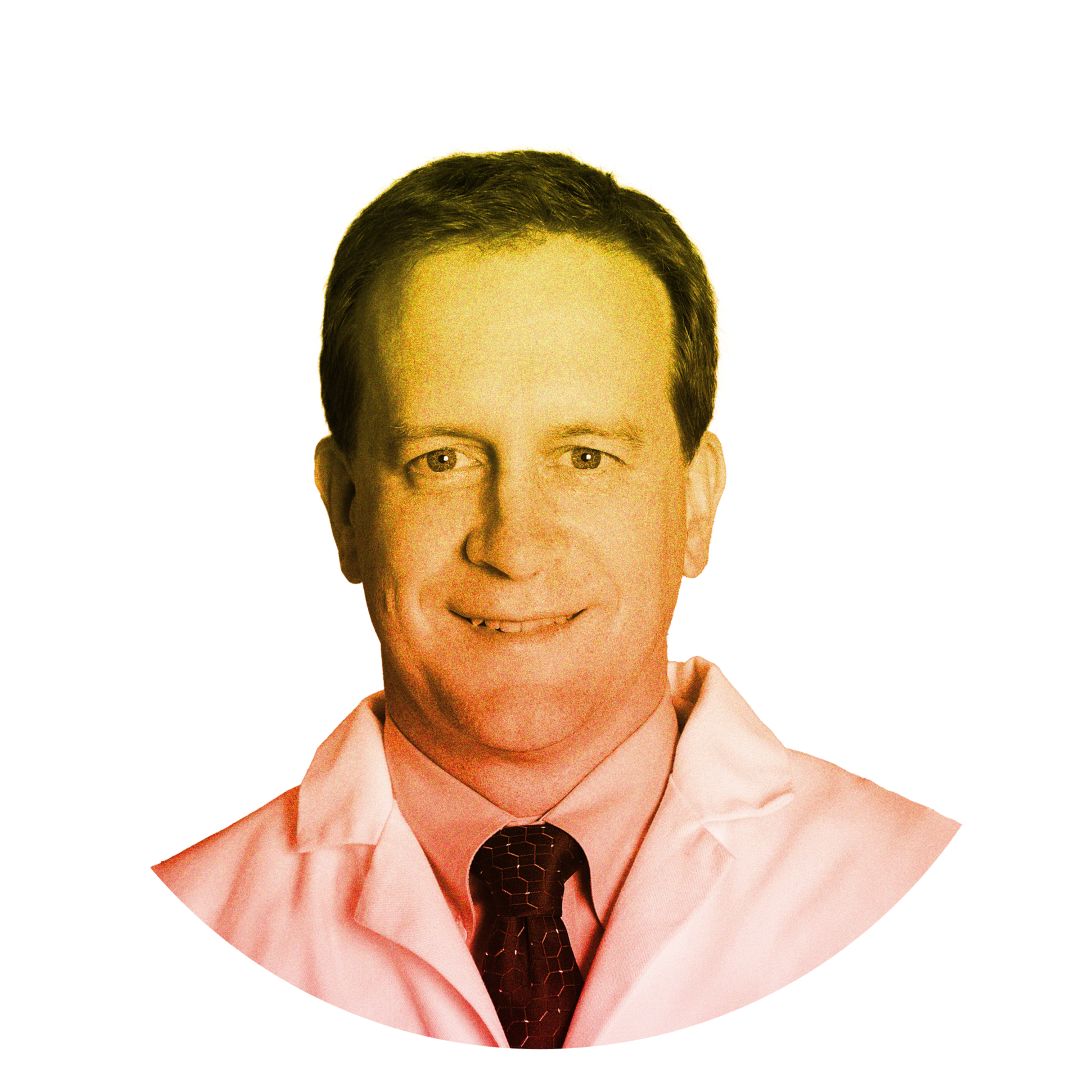
Dr. Steve Mitchell
medical director, Harborview Medical Center emergency department
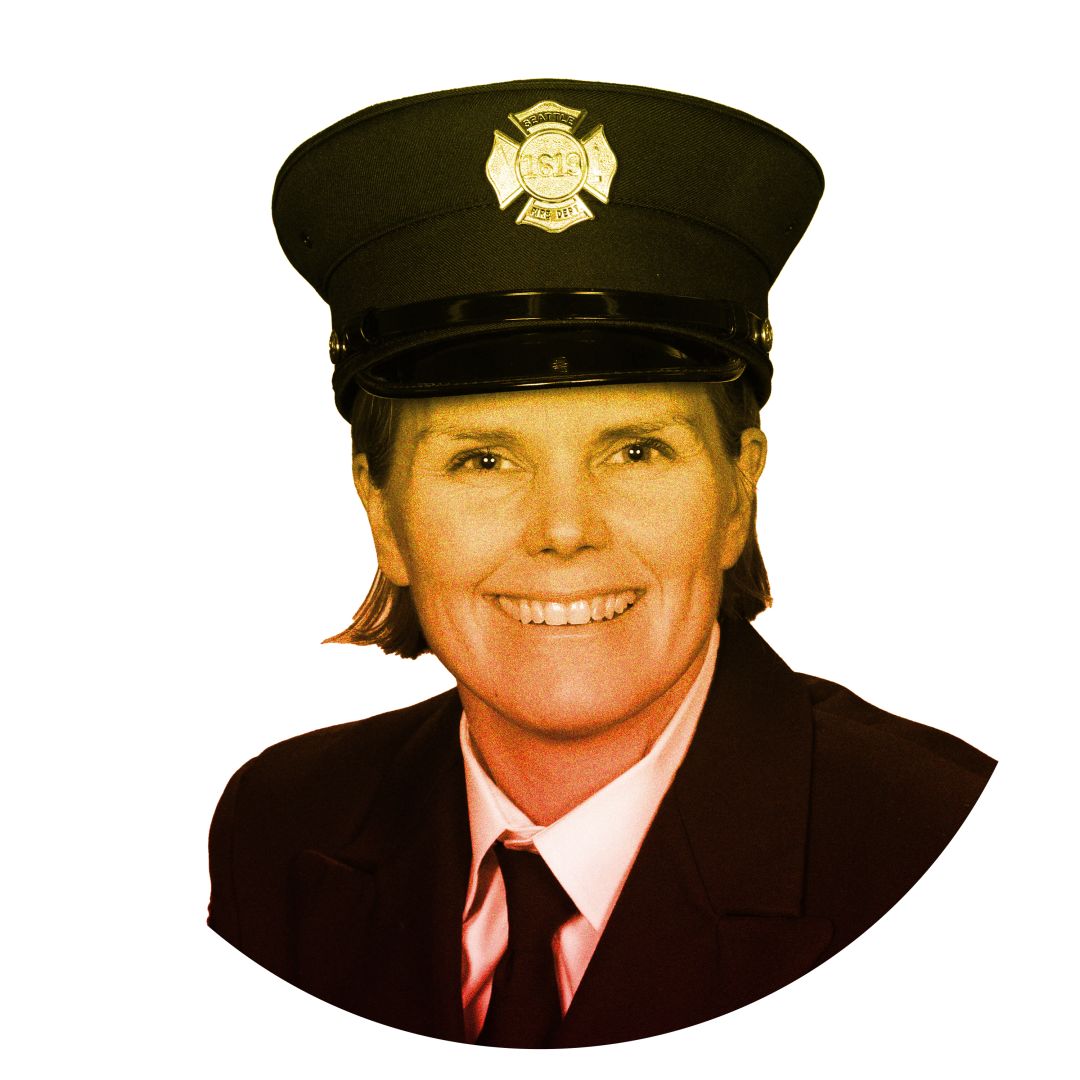
Amanda Righi
firefighter/paramedic, Seattle Fire Department

Juli Ross
chief of animal care, Seattle Humane

Kamala Saxton
co-owner, Marination LLC

Justin Shaw
founder, Seattle Weather Blog
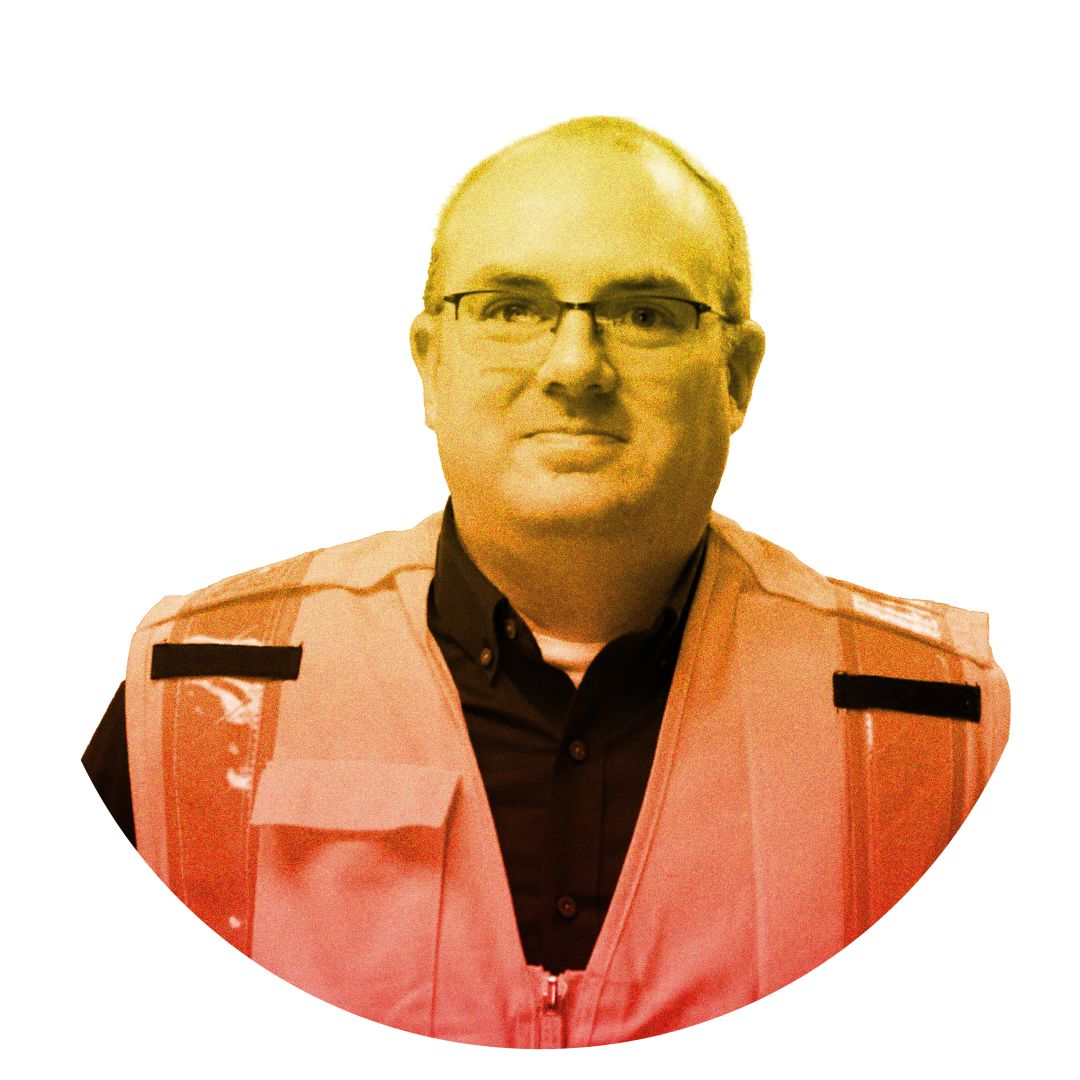
Reid Wolcott
warning coordination meteorologist, National Weather Service Seattle
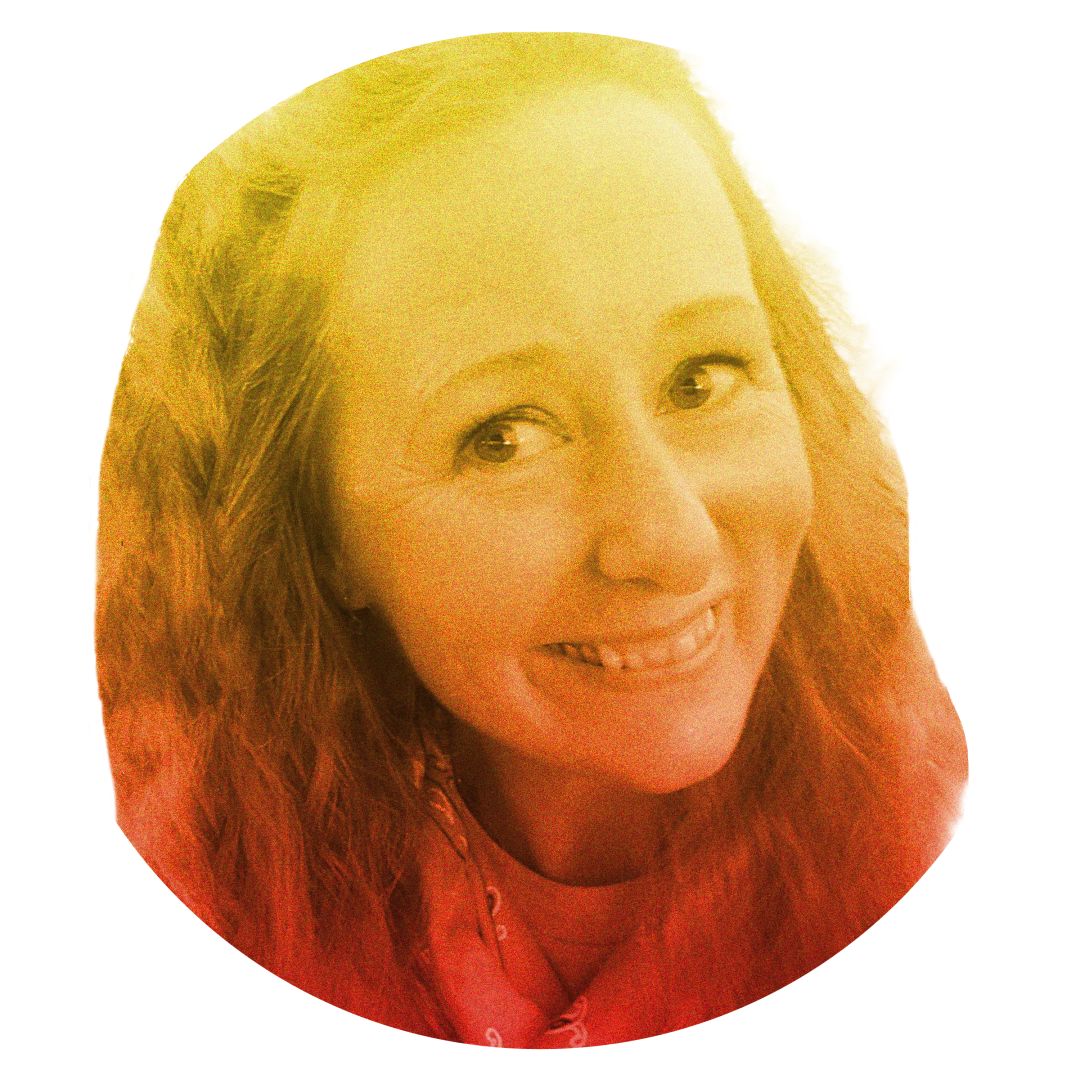
Willow Yoder
owner, Greenwood Hardware
Portraits courtesy the individuals.
An Unbelievable Forecast
On June 23, the National Weather Service warned of a “record-breaking and dangerous heatwave coming to the West.” The next day it issued an excessive heat warning, with temperatures expected to reach 104 degrees on Monday, June 28. The reality would be far worse.
Justin Shaw: It was probably about 10 days out, there was a signal in the long-range forecasts that it was gonna get pretty hot. But at the time, it looked like maybe this is the type of weather system that’ll flirt with 100 degrees.
Reid Wolcott: By the time we got into the Monday and Tuesday beforehand, we were seeing data that we’ve never seen before here at the [National Weather Service] Seattle office.
Justin Shaw: Five days out, all the various computer models were starting to predict we’d be flirting with 110. And I think what’s interesting is that no one really believed it. I didn’t believe it.
Dr. Steve Mitchell: We definitely were preparing, but it was interesting in that we almost had a failure of imagination to imagine what the truly far-reaching impacts of this could be.
Reid Wolcott: We ended up landing on the term “unprecedented,” which now is used all the time for everything. But you know, we landed on that as the term that we want to use to describe this event, because it truly is unprecedented.
Sheri Horiszny: We have different temperature parameters for different animals—we have about 240 different species and just over 900 animals [at Woodland Park Zoo]. We’re paying attention to temperature all the time.
Willow Yoder: [At Greenwood Hardware] we were selling a lot of air conditioners, a lot of furnace filters, a lot of fans, and a lot of face masks for potential smoke. If they couldn’t get an AC unit or something like that, they were putting furnace filters on fans in the window to help keep it cool and keep any debris out of their homes.
Justin Shaw: On social media some people were trying to do their own AC, like, “Oh, if you don’t have an air conditioner, here’s kind of a cheapo, makeshift way you can do this.”
Willow Yoder: There is one customer that sticks out in my mind. He was buying an air-conditioning unit for his elderly mom, so we definitely, really wanted to make sure to take care of him to keep her healthy and cool.
Amanda Righi: [Seattle Fire Department] prepared by having a lot of ice on our rigs, because that’s kind of how you can address heatstroke in some folks. We tried to have coolers of ice available and cold fluids for IVs and that kind of thing.
Sheri Horiszny: When we saw that heat coming, we started making a lot of popsicles.
Lt. Patrick Hubschman: In [SFD's] Health One program, we have a pretty strong presence among the unhoused, homeless population. We upstaffed our rigs, and we were specifically oriented toward outreaching folks that were at risk on the street.
Justin Shaw: There was kind of that hardened Seattle attitude of, “Well, I’m just going to tough this out.”
Reid Wolcott: I was in the meeting room with a bunch of emergency management and folks from the city of Seattle, including mayor Jenny Durkan at the time. And she asked me, “How bad is this really going to be?” And I kind of went through the briefing that I had, and we had very strong language in the communication. After I finish, she’s like, “I want you to say exactly like you just said it.” You could tell that it shook her, like she wasn’t expecting what I told her.
Dr. Steve Mitchell: We didn’t really understand what the regional impacts were going to be with this type of heat, because none of us had ever come close to experiencing this before.
Seattle Starts to Sizzle
On Saturday, June 26, the forecasts come to fruition. Seattle reaches 102 degrees, with temperatures remaining high into the night. The city opens additional cooling centers, but 41 people still seek medical attention for heat-related issues at King County emergency departments.
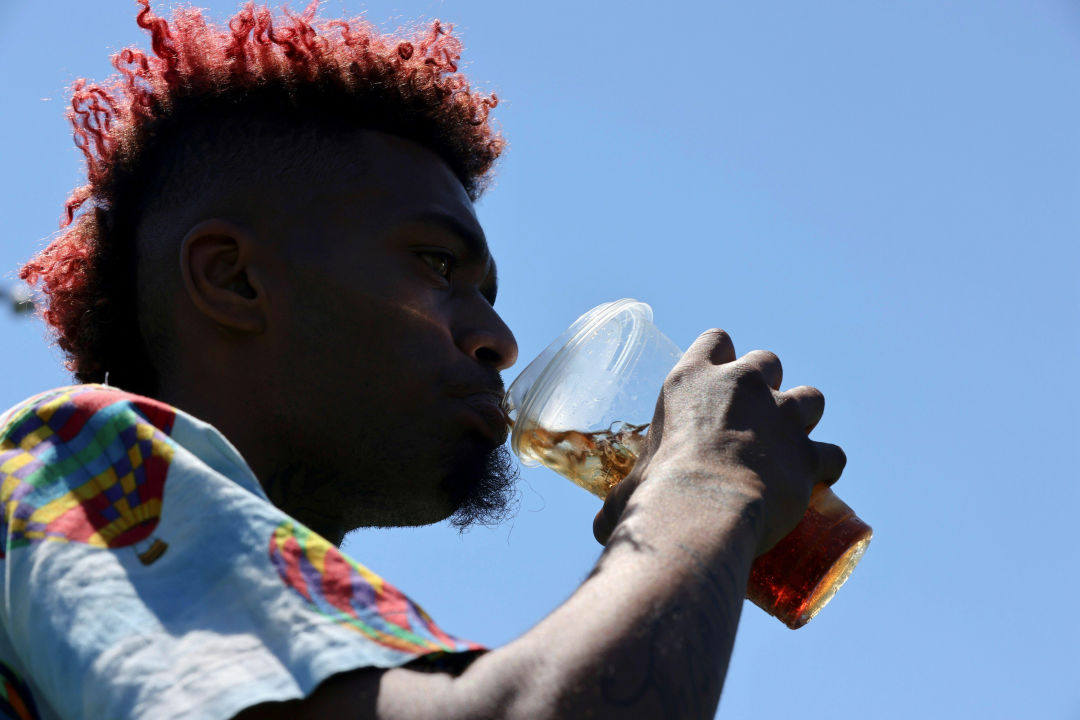
Cold beverages helped some locals, like Terrill Holmes, stave off the heat.
Image: REUTERS / Alamy Stock Photo
Dr. Cameron Buck: I was getting reports on Saturday, you know, not too bad. Here’s some heat-related illnesses. We’re seeing some people coming in [to Valley Medical Center], we’re dealing with it.
Dr. Jeremy Hess: Everything, in so many ways, went exactly as I would have expected it would for a community that was not used to extreme temperatures.
Justin Shaw: What made it worse was we had this offshore wind, so the wind was basically blowing almost backwards. Like normally we get that wind off the ocean. This case, it was coming from Eastern Washington, so it was already hot.
Lt. Patrick Hubschman: We definitely ran into most folks who did not want to displace out of their home. They were happy, they were comfortable. They were secure there.
Tiffany Kayongo: [Mary's Place] made sure that our food services team were sending us frozen water bottles, not only for them to be able to drink later, but also to keep their food cool.
Kamala Saxton: We had to close some of our [Marination] locations, not because of our guests because they could sit inside, but as far as staffing. Like if it’s 80 degrees outside, it’s 100 degrees in that kitchen no matter what, right?
Willow Yoder: I know that the market next door was having a hard time keeping ice in stock.
Kamala Saxton: We’ve had people pass out before just from heat exposure on alcohol. And we just knew that it would happen.
Sheri Horiszny: We talked about closing [the zoo] early a couple times, but I don’t recall that we did. Basically, guests don’t come—because they were making good choices.
Tiffany Kayongo: We definitely had more people coming in [to Mary's Place] later in the day, just because it was hotter. And that’s exactly why we kept the hours longer.
Rachel Blake: We picked up right around—over the course of those three days—about 125 additional room nights unexpected [at the Hilton].
Lt. Patrick Hubschman: I’m not sure people grasped the fact that they weren’t going to be getting that evening relief like they were used to, where you have a super hot day and then at night it kind of cools off.
Rachel Blake: I’ve worked in Cincinnati where you get pretty high temperatures, 90s in summer. But everybody has air conditioning, right, in cities like that. So it wasn’t really a surprise that people want to escape, eat, and get into some air conditioning.
Justin Shaw: It was all kind of this perfect storm. And then it happened right around the solstice when the days are so long, right in with the worst possible time to have a heat wave.
Unrelenting Heat
The next day, June 27, locals flocked to beaches, swimming pools, and ice rinks looking for a temporary respite. But temperatures didn’t peak—a new record high of 104 degrees—until 5:29pm.

Local organizations stepped up outreach efforts to help those living outside or in unstable housing.
Image: REUTERS / Alamy Stock Photo
Reid Wolcott: You can imagine, on an unprecedented heat event, how busy the phones are [at NWS Seattle]. The phones are just ringing off the hook from media, the public partners, everybody that you can imagine is wanting more information.
Willow Yoder: It was quite chaotic, especially when [Greenwood Hardware] got our shipments in. We let people know when they would be coming in, and when our trucks arrived with AC units, we definitely had a line of people that were waiting to get them quickly.
Rachel Blake: I made a point of telling my staff to be kind to people because I’d be a little irritable coming from a place where it’s been so hot at their house, right? But [Hilton guests] walked in the door and they immediately kind of had a sense of relief because the AC was on.
Kamala Saxton: I still went out to [Marination] locations because we have to check on those. Walking into that shop at like two o’clock in the afternoon and thinking, Oh, Lord. Thank goodness we closed.
Juli Ross: [Seattle Humane] took [dogs] out for morning walk only but not the afternoon or evening walk, and we just did heavy enrichment in the kennels. We gave them lots of puzzle toys, lots of cones, lots of activities, things that they can do to keep themselves busy.
Sheri Horiszny: The animals [at the zoo] that are heavier than they should be, they were a concern. We have some very, very fat sheep.
Rachel Blake: Many of the customers had expressed that they were checking in because they didn’t have AC, so I remember a lot of the guests were sweating a little bit.
Reid Wolcott: We don’t have a lot of air conditioning here locally. It’s not even just that—it’s that our houses, our commercial spaces, our community spaces, they’re built, they’re designed to let in and retain heat.
Tiffany Kayongo: This was a time, too, that was really a big struggle because libraries were closed. And [unhoused people] didn’t know where to go next. We offered a couple more bus tickets as well, that way they can at least stay on the bus instead of just being outside.
Reid Wolcott: We were seeing, and I was hearing, other reports of temperatures inside not peaking until 10, 11 o’clock at night.
Dr. Jeremy Hess: I remember going into Harborview—we work the night shift at 10pm to 6am—and I remember seeing a patient, and his feet were sticking out off the bed and were really badly burned and blistered and bloody. I remember asking people what had happened to this guy, and they’re like, “Oh, he was walking barefoot.” I remember very clearly that dramatic introduction to the night.
Dr. Cameron Buck: Sunday afternoon, evening, I started to get some more reports. We’re seeing some heat-related illness. We had to cool this patient. Things were working, we were able to keep the resources matched to the need, for the most part. And then Monday was a different situation.
The Deadliest Day
Temperatures picked up even more on the third day, Monday, June 28, spiking at 108. The consecutive hours of heat caught up to many and manifested in emergency rooms across King County. First responders were overwhelmed with patients.
Dr. Jeremy Hess: When I came in [to Harborview] on the third night, it was different. Things were definitely really busy, and it was hot as hell.
Amanda Righi: I worked overnight [at SFD] on the 28th, a 14-hour shift overnight. And I experienced, definitely, higher call volume.
Dr. Steve Mitchell: That Monday was the single busiest 24-hour period on record. Normally, for instance, there’s about 600 EMS calls in Seattle, King County, in a 24-hour period, and that Monday there were nearly 1,200 calls.
Dr. Cameron Buck: I remember the medics coming in from a home of a senior person who was living by themselves. They were incoherent in a chair. When the medics, the EMS, was going in the room, they used one of those heat thermometers and they put it on the wall of the environment. And they said that it measured over 125 degrees.
Lt. Patrick Hubschman: We had an older patient, she was in her 70s. She was super hot, right. She had been in this back bedroom, and she had kind of continued her normal routine. She was a fairly steady drinker, and then, you know, on day three, it had just caught up with her.
Dr. Steve Mitchell: The heat was making everything else worse. So if you had a heart problem, it was making your heart problem worse. Kidney problems, worse. All those different diseases were just compounded by the heat.
Dr. Cameron Buck: I can remember several patients who had core body temperatures that were greater than 109. To see it in a dozen patients was pretty dramatic.
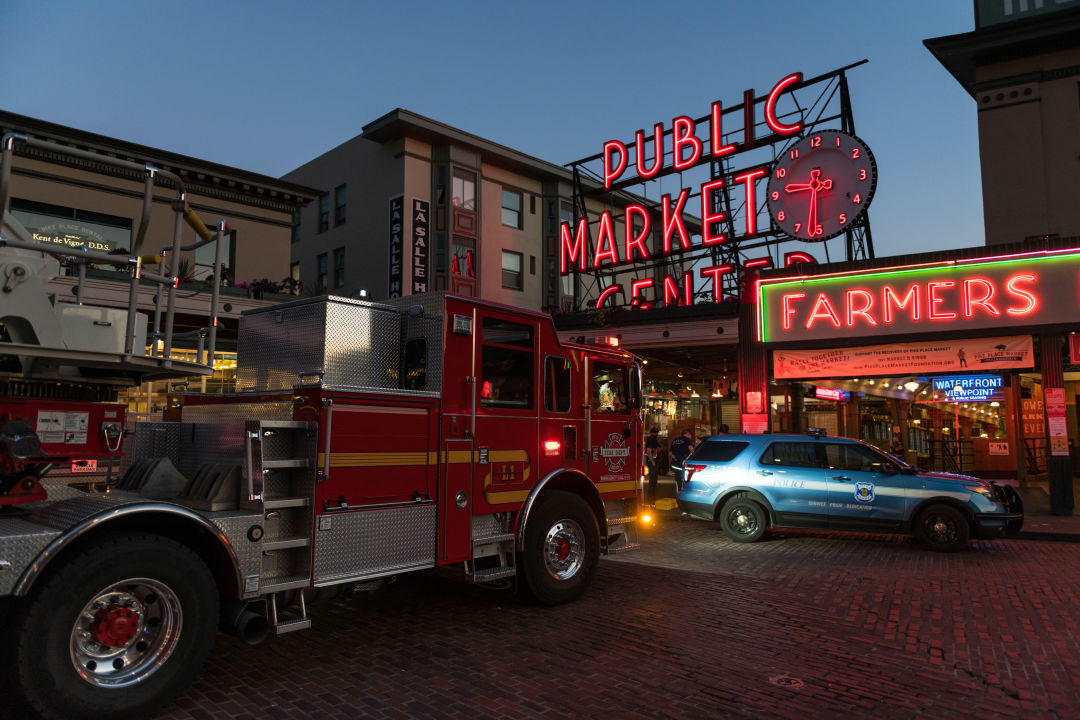
A flurry of emergency calls pushed first responders at the Seattle Fire Department to the limits during the unrelenting heat.
Amanda Righi: Some folks, their heart had stopped working, and then other folks were just decreased function. Many of those, they were in small spaces that didn’t have any ventilation and definitely no AC.
Dr. Cameron Buck: You take a large body bag or garbage bag, you split it down, you put the patient in it, and then you pour ice and ice slurry in it. And that was one effective way to cool patients quickly.
Amanda Righi: I think I lost my body weight in sweat, like twice that night.
Dr. Jeremy Hess: Our paramedics were clearly struggling a little bit. They were hot. They were just going from call to call to call, like really no respite in between.
Lt. Patrick Hubschman: You’ve got 10 people in a room that are all working. Somebody’s doing compressions, somebody’s ventilating, the medics are doing their magic and, you know, everybody’s just in a tight space, and it just gets hot on a regular CPR. And then you started throwing in the kind of temperatures that we were working in—quite challenging.
Amanda Righi: We all struggled, all four of us on that rig, to stay hydrated that night. Because we’re just going from call to call. We have barely enough time to reset our medic unit to get ready for the next one.
Dr. Jeremy Hess: We hit the ground running. Our team was seeing a steady stream of critically ill patients for probably the first three hours of my shift.
Dr. Cameron Buck: We became aware that, Oh, we might have a problem here, when they started having more arrivals. So not just one every couple hours, where we were able to keep pace. We got four or five an hour, for six to eight to 10 hours in a row. And that became very near overwhelming and very stressful.
Dr. Steve Mitchell: We got leadership from every hospital in the region on a call, just a quick call, to understand in real time what’s happening in your hospital, what’s happening in your emergency department.
Dr. Jeremy Hess: [Dr. Steve Mitchell] stayed and worked overnight, coordinating the disaster, medical control, working with Valley, and other things. That’s very unusual for someone to stick around and work basically 30 hours straight rather than just the standard eight or nine hours. But that’s what he did.
Dr. Steve Mitchell: We worked with the paramedics across King County as they continued to respond to unprecedented 911 calls, to send their acutely ill patients to the hospitals that could continue to receive them and have it be both safe for the patient as well as safe for the hospitals that were potentially nearing that crisis point.
Dr. Cameron Buck: Over that three-day period, we had well over 100 heat-related illnesses that we know of, that were categorized as such. Two-thirds of those came in during that 12-hour period on Monday, that started probably around noon till 1am.
Dr. Steve Mitchell: What was most telling or tragic was that, like everything else in a disaster scenario, our most vulnerable populations were the ones who were most severely impacted.
Dr. Cameron Buck: We, in a sense, treated it as a [mass casualty incident]. What made it challenging was it wasn’t like any MCI that we were trained to do, had gone through before, or that we anticipated.
Reid Wolcott: For a lot of natural disasters, you can assign a dollar value as far as the damages. But the vast majority of the impacts that we saw were to human life rather than monetary damages.
Relief at Last
On Tuesday, June 29, Seattle temperatures relented, dipping down to the high 80s. But the effects of that obliterating heat would continue to ripple throughout the region for months to come.
Dr. Jeremy Hess: I don’t know what time it was, probably around three in the morning, things started to calm down somewhat. And we were able to catch our breath.
Dr. Steve Mitchell: As soon as the temperature began to turn on Tuesday, there was a dramatic decrease.
Amanda Righi: That morning, as we were coming off shift, we were being sent on calls where people were no longer alive.
Lt. Patrick Hubschman: For as vulnerable as the homeless population that we serve is, they are remarkably durable. I was impressed with the folks that we were seeing and their ability to manage and survive in pretty hostile weather.
Dr. Cameron Buck: I think this is a lesson for our region as we grow, and how we respond to environmental events, mass-casualty events, health-related events; we need to become better connected from a system standpoint between EMS, hospitals, hospital systems.
Reid Wolcott: This group of people from the Weather Service, from the local offices, came in to do interviews with the management teams, with staff, with our core partners to see, “OK, what went well, what didn’t go well, what can we learn from this? Where were the gaps in the services?”
Lt. Patrick Hubschman: We’ve already been having discussions this year about preparing for exceptional heat events and things like that, because the Heat Dome was an exceptional event, but it gets hot every year.
Kamala Saxton: [Marination] got more fans and we got the equipment that we know fails when they get too hot. We did that in January of this year, as opposed to June.
Willow Yoder: The last few years, every summer, we have seen some type of heat event. So it does definitely feel like there’s some changing climate happening that we need to become accustomed to.
Justin Shaw: If you put it all in context, dating back to 1891—so like 120 years of weather records—there would only have been three days that ever reached 100 degrees. So yeah, basically, we did in three days what it took 120 years previously.
Dr. Jeremy Hess: Climate change certainly made this event more likely and so we need to be thinking about better preparation for a similar event in the future.
Justin Shaw: I don’t think there’s anyone in the scientific community who ever would have guessed that this was possible. Even people who are probably most at the forefront of climate change. At least not in 2021. Maybe in 2071.
Dr. Jeremy Hess: Not only do we need to prepare for the next extreme event that’s beyond our historical experience, but we need to prepare for the June 2021 events, coupled with a few dayslong regional power outages, and maybe a smoke event thrown in. And we’re really not doing that.
Justin Shaw: I don’t want to be a doomsayer, but I would think it would happen again.
Credits
Editorial Direction: Angela Cabotaje
Art Direction: Nate Bullis, Jane Sherman
Contributors: Benjamin Cassidy, Taylor McKenzie Gerlach, Sophie Grossman, Ann Karneus, Zoe Sayler, Sophia Urabe, Allecia Vermillion, Allison Williams
Copy Editing: Sarah Nipper



